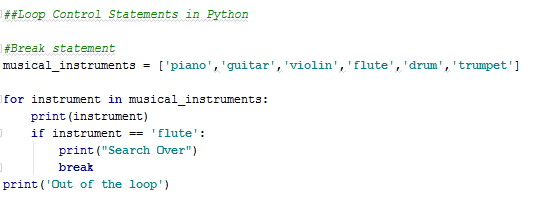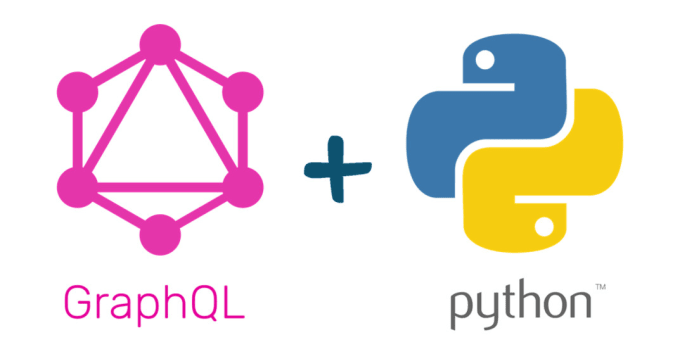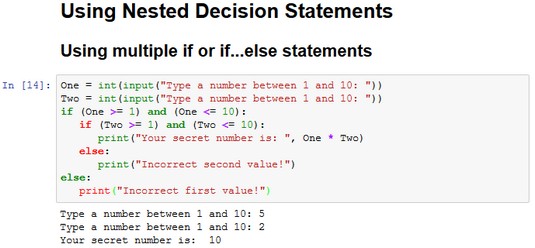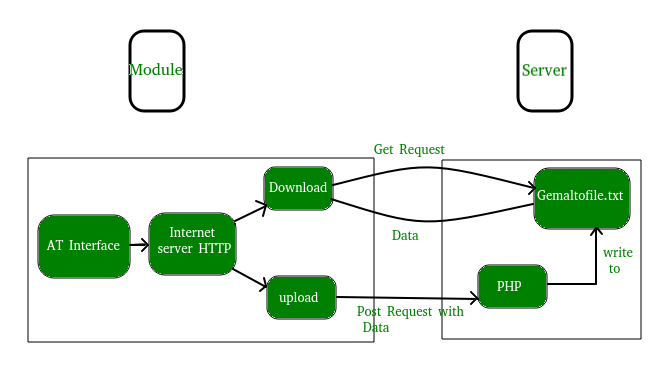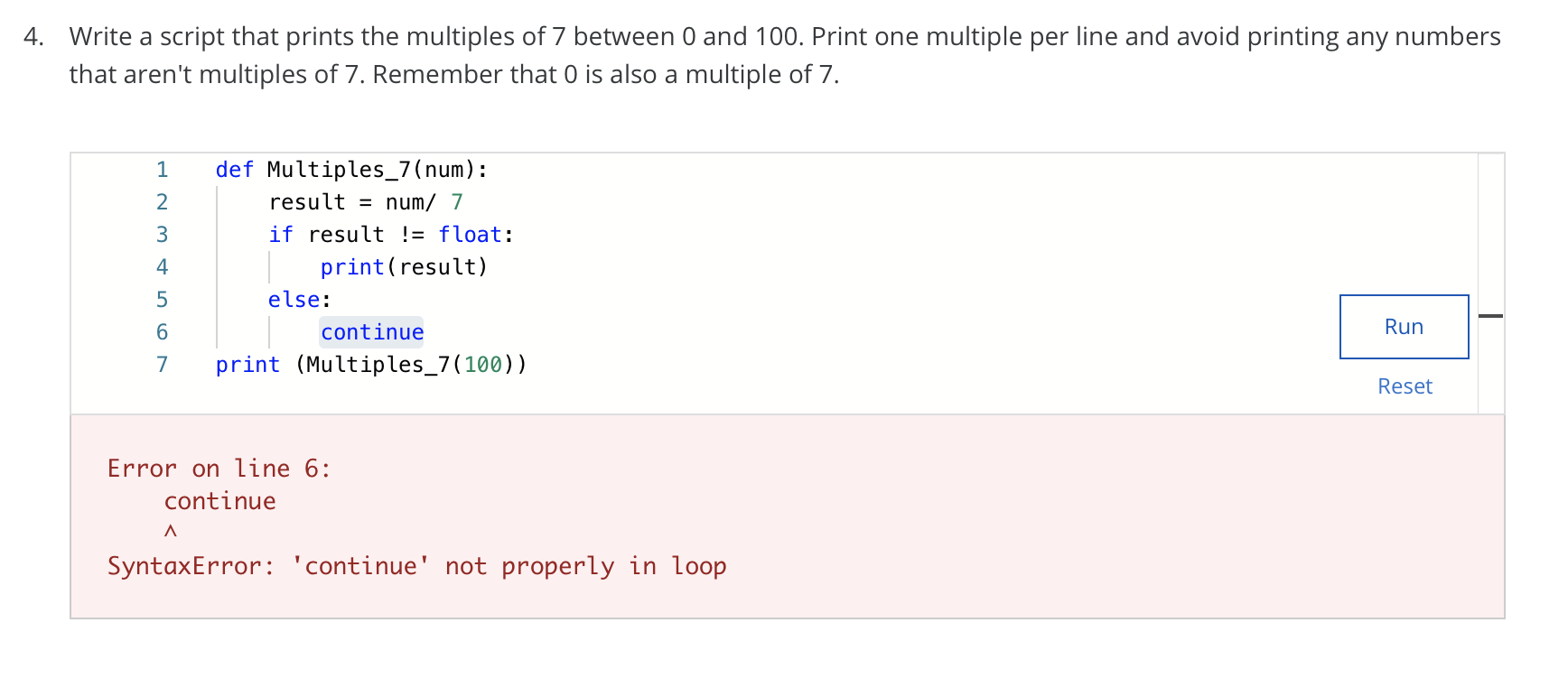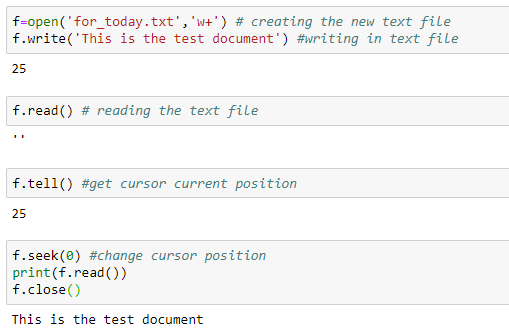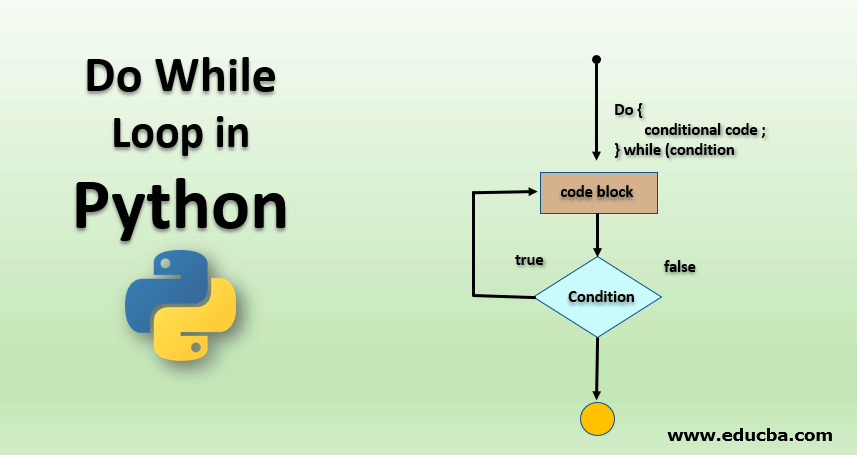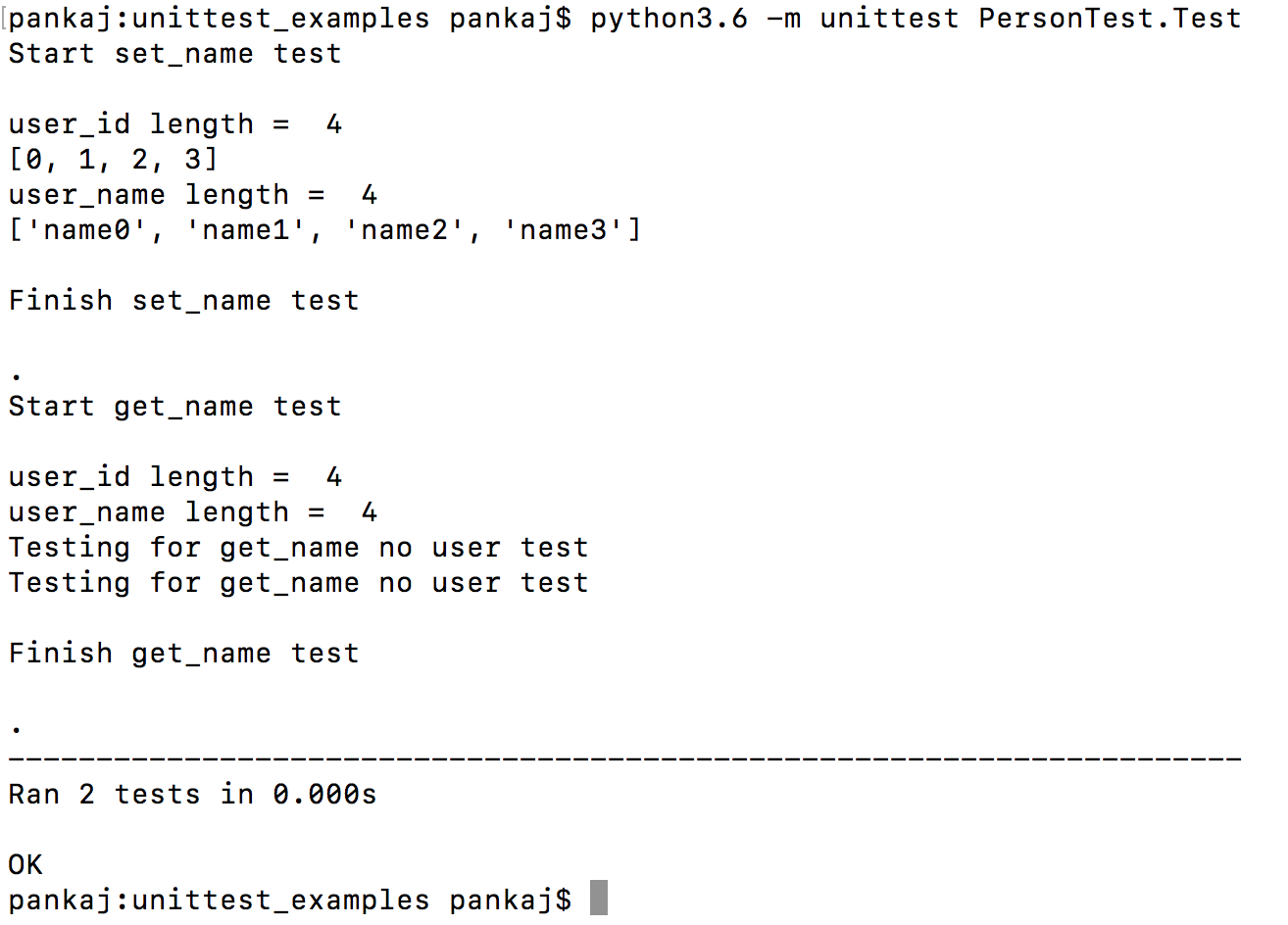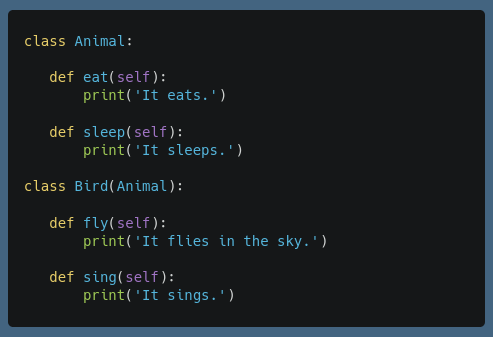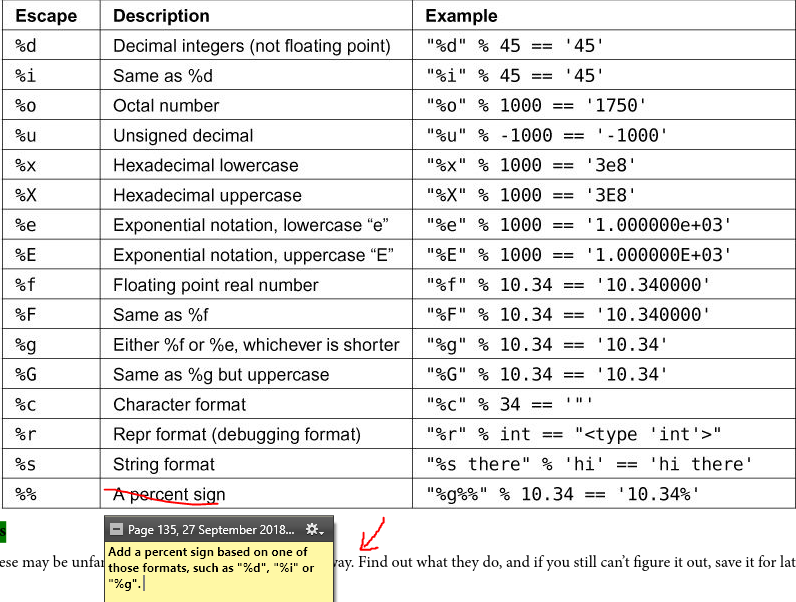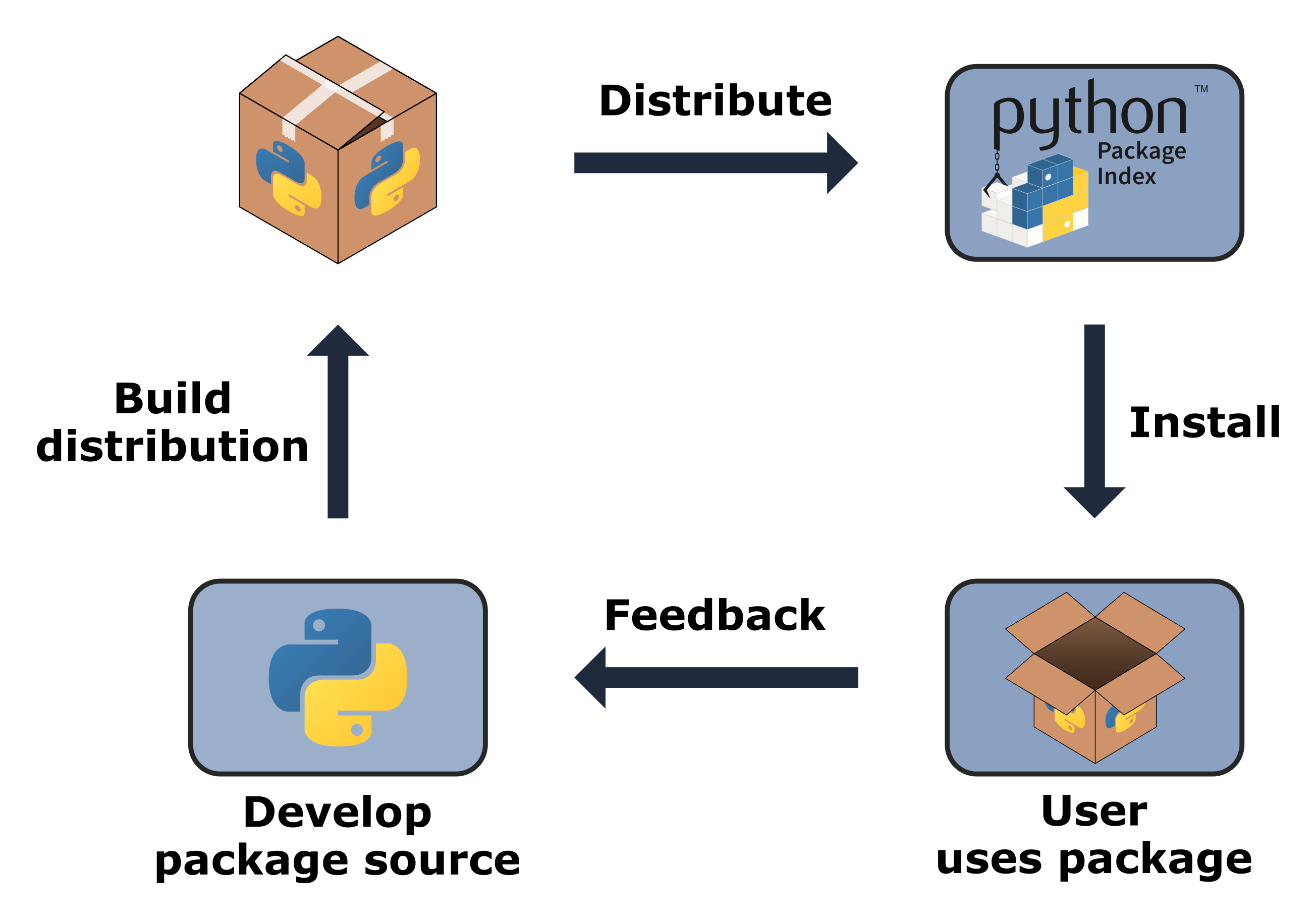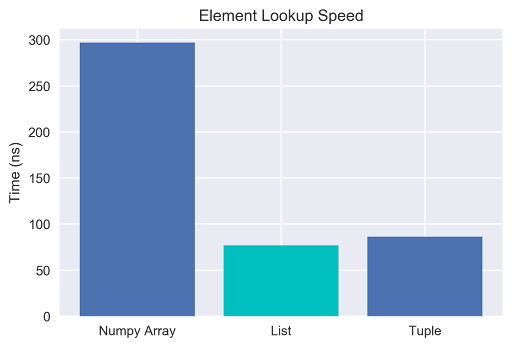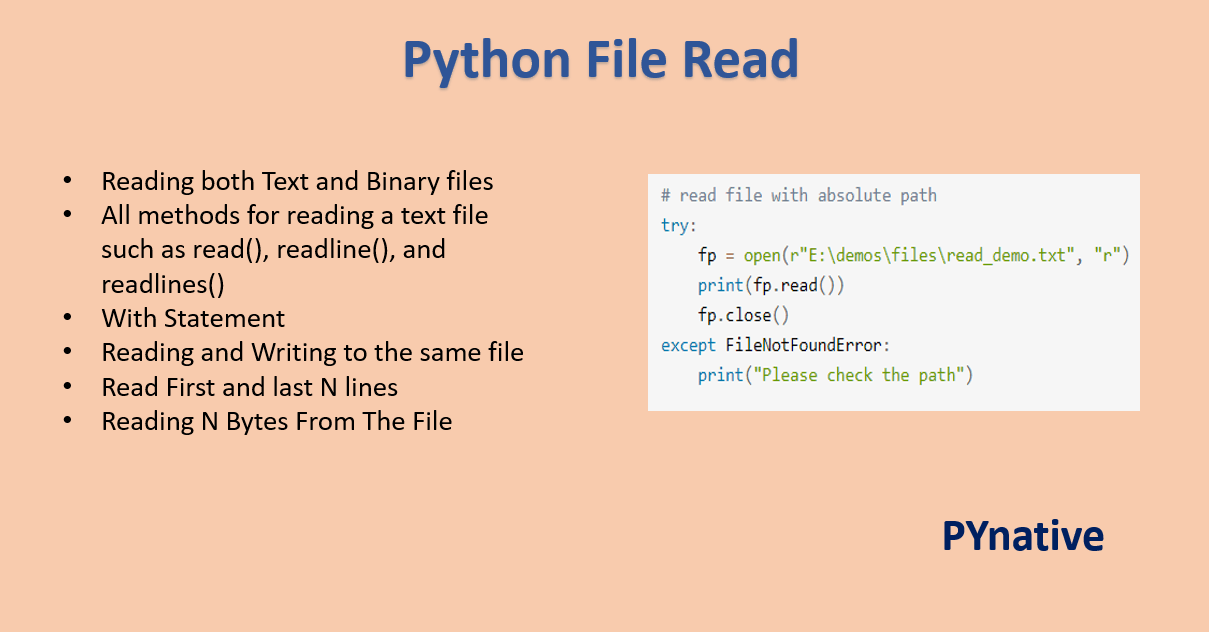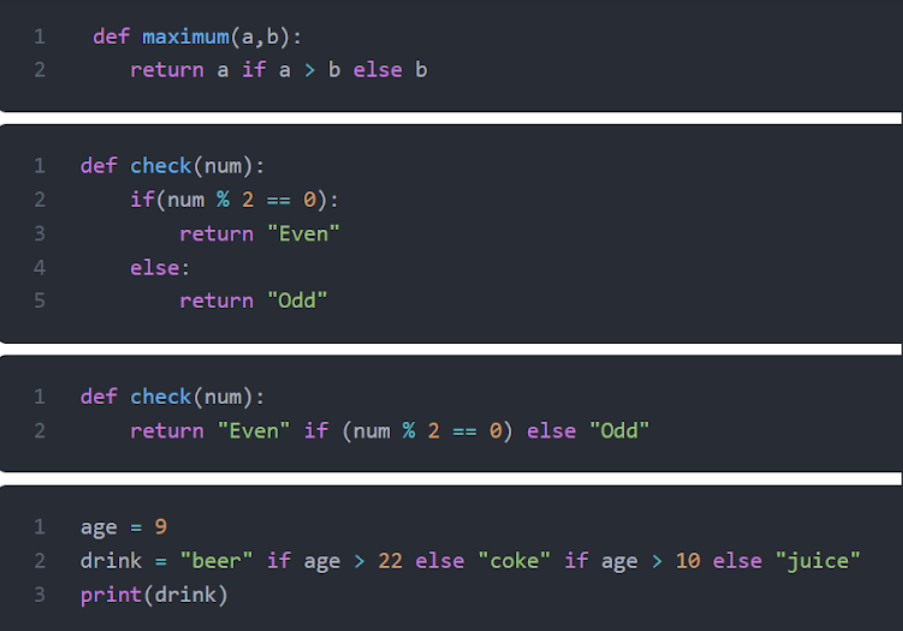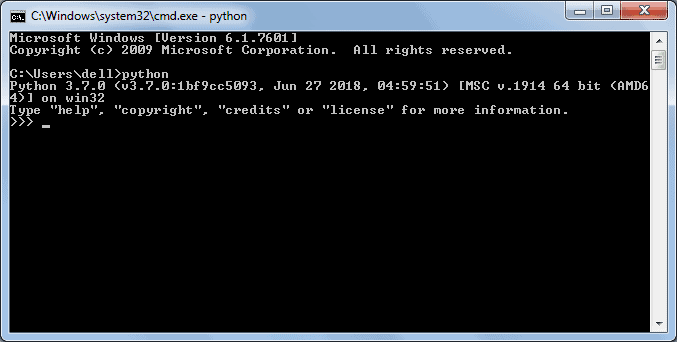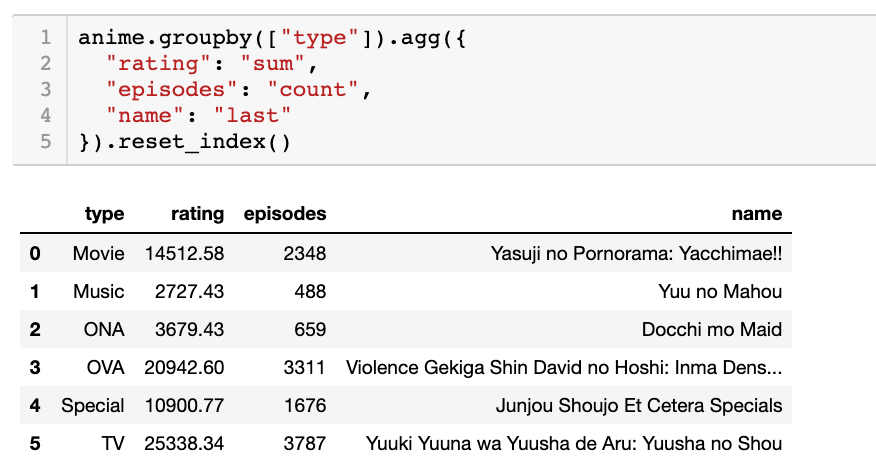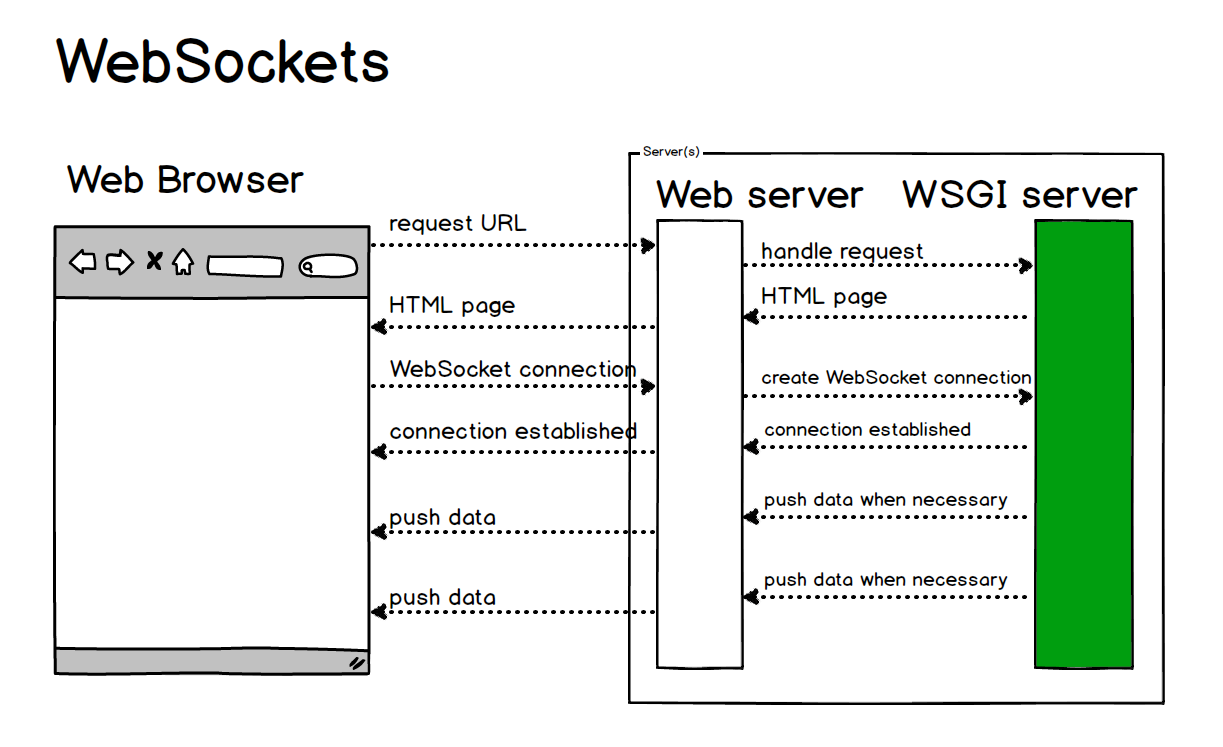Is Python decorator a closure?
Is Python decorator a closure?
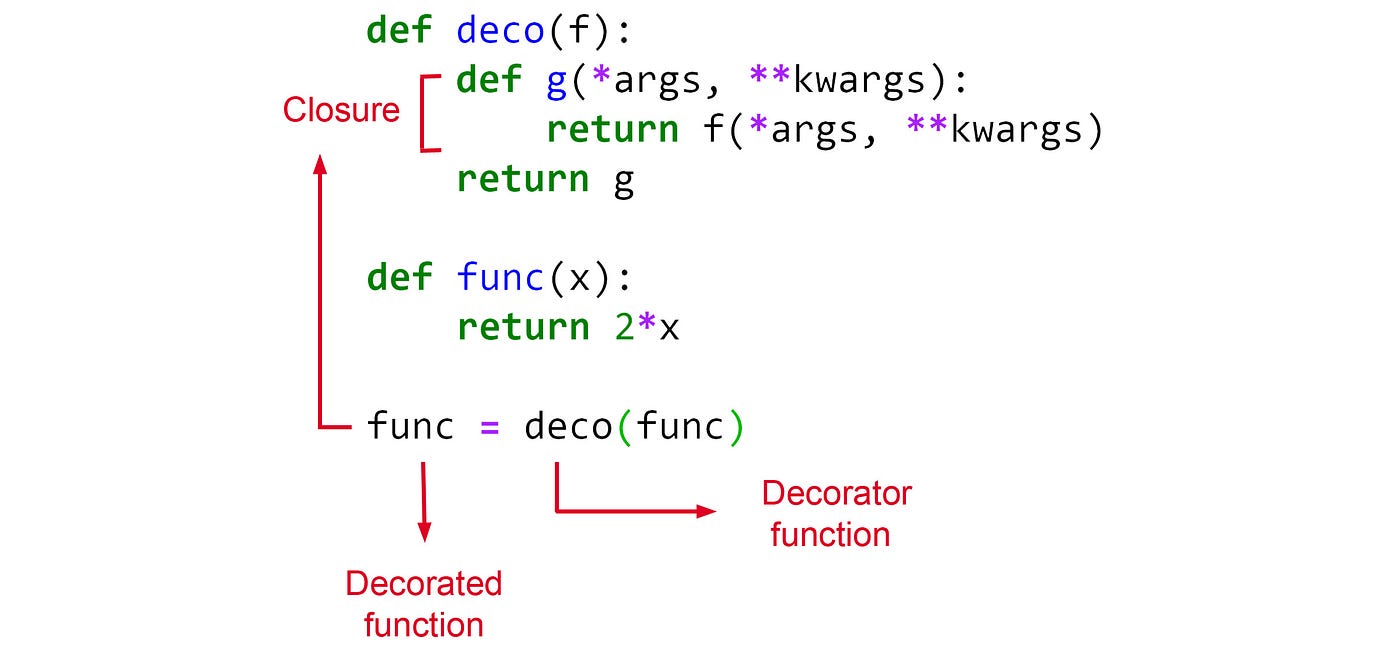
A great question! To answer this, let's first define what decorators and closures are in the context of programming.
Decorators
In Python (and other programming languages), a decorator is a small function that modifies or "wraps" around another function, often to extend its behavior. Decorators are typically defined using the @ symbol, followed by the name of the decorator function. When you apply a decorator to a function, it returns a new function that "covers" the original function.
For example:
def my_decorator(func):
def wrapper(*args, **kwargs):
print("Something is happening before the function is called.")
result = func(*args, **kwargs)
print("Something is happening after the function is called.")
return result
return wrapper
@my_decorator
def add(a, b):
return a + b
result = add(2, 3)
print(result) # Output: 5
In this example, my_decorator wraps around the add function. When you call add(2, 3), it first prints "Something is happening before the function is called.", then calls the original add function with a=2 and b=3, and finally prints "Something is happening after the function is called.".
Closures
A closure is a function that has access to its own scope (i.e., the variables defined within it) as well as the outer scope (the variables defined outside of the closure). In other words, a closure can "remember" the environment in which it was created, even after it's returned or passed around.
Closures are often used to create private variables and functions that are specific to each instance of an object. They're also useful for implementing recursive functions or memoization (caching) mechanisms.
Here's a simple example:
def outer(x):
def inner(y):
return x + y
return inner
add_three = outer(3)
print(add_three(4)) # Output: 7
In this example, outer is the outer function that returns an inner function. The inner function has access to the variable x, which was defined in the outer scope.
Now, let's come back to your original question:
Is a Python decorator a closure?
The answer is yes and no!
On one hand, a Python decorator (as we discussed earlier) is essentially a small function that wraps around another function. This wrapping mechanism can be seen as a form of closure, because the decorator function has access to its own scope (the variables defined within it) as well as the outer scope (the variables defined outside of the decorator).
On the other hand, a Python decorator does not necessarily create a new scope or environment that is distinct from its containing scope. The decorator function simply returns another function (the wrapped function), which inherits the same scope and environment as the original function.
In summary, while a Python decorator shares some characteristics with closures (such as accessing outer scopes), it's not strictly a closure in the classical sense. Decorators are more about wrapping or modifying functions, whereas closures are often used to create private variables or implement recursive functions.
I hope this explanation has helped clarify things!
What is the difference between a generator and a decorator in Python?
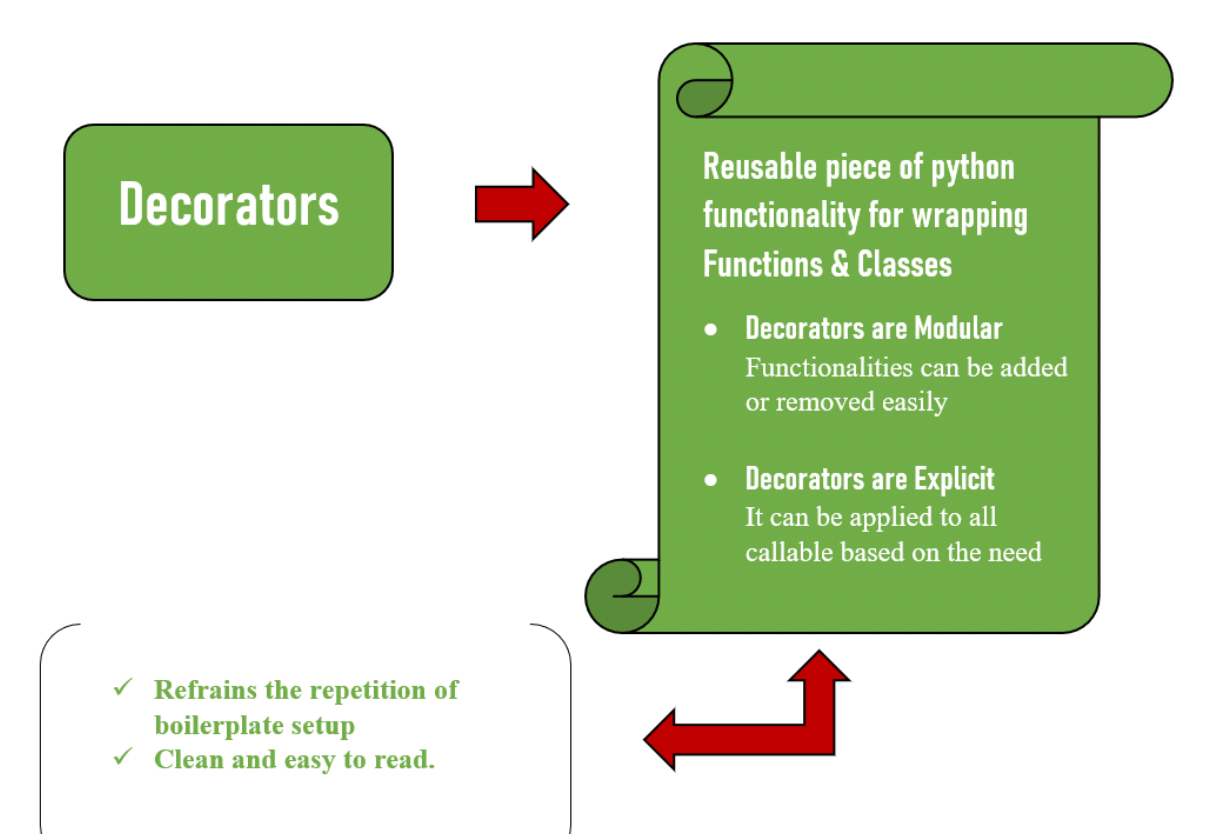
In Python, both generators and decorators are advanced topics that can make your code more efficient and effective. However, they serve different purposes.
Generator
A generator is a type of iterable object that produces a sequence of results on-the-fly, without storing all the data in memory. This makes it particularly useful for handling large datasets or infinite sequences. A generator is defined as a function that contains one or more yield statements. When the generator is iterated over (e.g., with a for loop), it starts executing from the beginning and yields values as needed, pausing at each yield statement.
Here's an example of a simple generator:
def infinite_sequence():
num = 0
while True:
yield num
num += 1
gen = infinite_sequence()
for _ in range(5):
print(next(gen)) # prints 0, 1, 2, 3, 4
In this example, the infinite_sequence generator yields consecutive integers indefinitely. When iterated over, it produces the next value each time.
Decorator
A decorator is a special kind of function that modifies or extends the behavior of another function. In Python, you can use the @ symbol to apply a decorator to a function. The decorator is called before the original function is executed. This allows you to add additional logic, logging, caching, or other features to your functions without changing their underlying implementation.
Here's an example of a simple decorator:
def log_calls(func):
def wrapper(*args, **kwargs):
print(f"{func.name} was called with arguments: {args}, {kwargs}")
return func(*args, **kwargs)
return wrapper
@log_calls
def add(a, b):
return a + b
result = add(2, 3) # prints "add was called with arguments: (2, 3), {}"
print(result) # outputs 5
In this example, the log_calls decorator logs the calling parameters of the original add function. When you apply the decorator using the @ symbol, it modifies the behavior of the add function before it's executed.
Key differences
To summarize:
A generator is an iterable object that produces a sequence of results as needed, while a decorator is a function that modifies or extends the behavior of another function. Generators are typically used to handle large datasets or infinite sequences, whereas decorators are used to add additional logic or features to your functions. When using a generator, you typically iterate over it (e.g., with afor loop), while when using a decorator, you apply it to a function using the @ symbol.
Now that you know the difference between generators and decorators in Python, you can use these powerful tools to make your code more efficient, readable, and maintainable!


